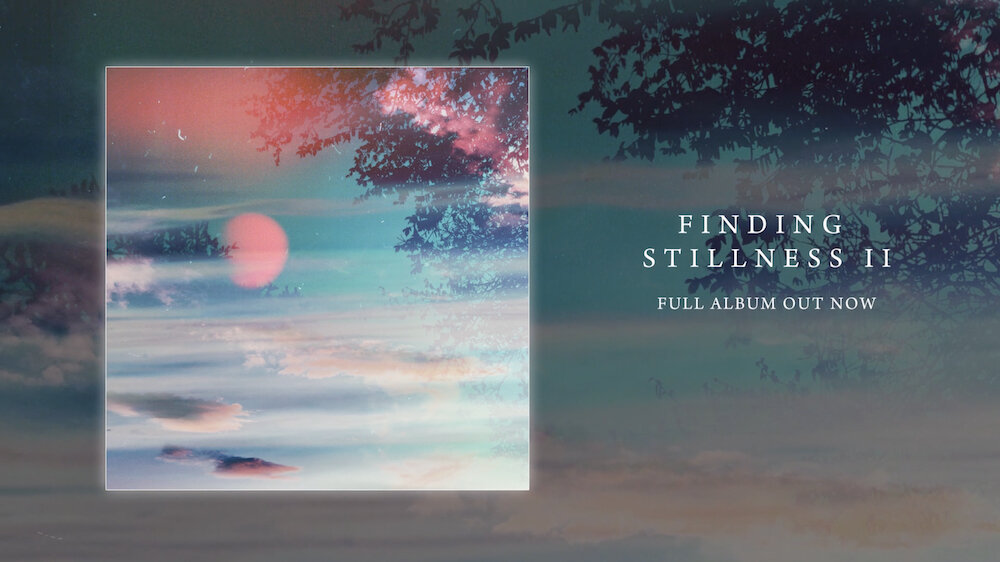I’m often asked this question. I’m going to try to offer some insight into what the title is asking using some pieces that I’ve recently written as specific examples. I’m trying to make this accessible for those who have little to no musical background, so my apologies to those who want some more music theory and deep analysis.
Case Study: 'Floating in the Depths' — BPM: 66, KEY: E-flat Major
For this blog, I’ll use the piece titled Floating in the Depths from my latest album Finding Stillness II. I hope most of what I describe becomes clear once you listen to the track.
While writing all of the music on this album, I had a few general ideas or overarching concepts running through my mind, which helped guide my decision-making. They included things like:
Create beautiful, calming ambient-cinematic music
Write music that can help the world slow down
Introspective, reflective, and meditative
Floating in the Depths is all based around a slow progression of 8 chords, which we hear develop in the first minute of the piece on a swelling synthesizer. These chords are a mix of major and minor chords, creating a situation where the mood varies from lighter to darker throughout. In addition, I used a lot of extended chords to create more interesting tonal colour. [A typical chord (triad) has 3 unique notes but in many of these chords I’m using 4 or 5 unique notes]. Beneath these chords, shimmery, water-like textures can be heard in the background.
To add some subtle pacing to the piece, there is a synthesizer part playing a steady stream of eight notes in a repeated pattern. The notes change to correspond as the chords change. Later on in the piece, this part is doubled by a celeste (a bell-like sound). Around 1:00 (the 2nd repetition of the chord progression), arpeggiated chords are heard from a high, distant-sounding piano that repeat several times before fading away. You can hear these two parts together below.
At the 2:00 mark, the main melody comes in, played on piano and electric guitar. It’s quite slow and in no rush to develop, taking the duration of the chord progression to get through the full phrase. The part has a lot of reverb and delay added to the notes, resulting in them take longer to fade away.
For the final repetition through the chords (3:00), the melody is subtly doubled in a higher register on piano and synthesizer to make it a bit more present. I also introduce a few new layers to fill everything out. Very low strings (basses) and bass clarinet are added for weight. Also very high violin chords come in sounding almost like magical fairy dust on top of everything! You can hear these new layers below.
And that’s the story! A brief description of the piece with some of the parts isolated for clarity. Obviously I’ve only scratched the surface here, but hopefully it has opened your ears up a bit to what’s happening in Floating in the Depths and opened your mind up a bit to some of the processes that I use when writing music.
Check out Floating in the Depths and the full album Finding Stillness II. I’d love to hear your thoughts!
If you do enjoy the music, maybe you’d consider buying it - every little bit helps. Available for purchase on my Website or on Bandcamp. Following and streaming helps as well!









